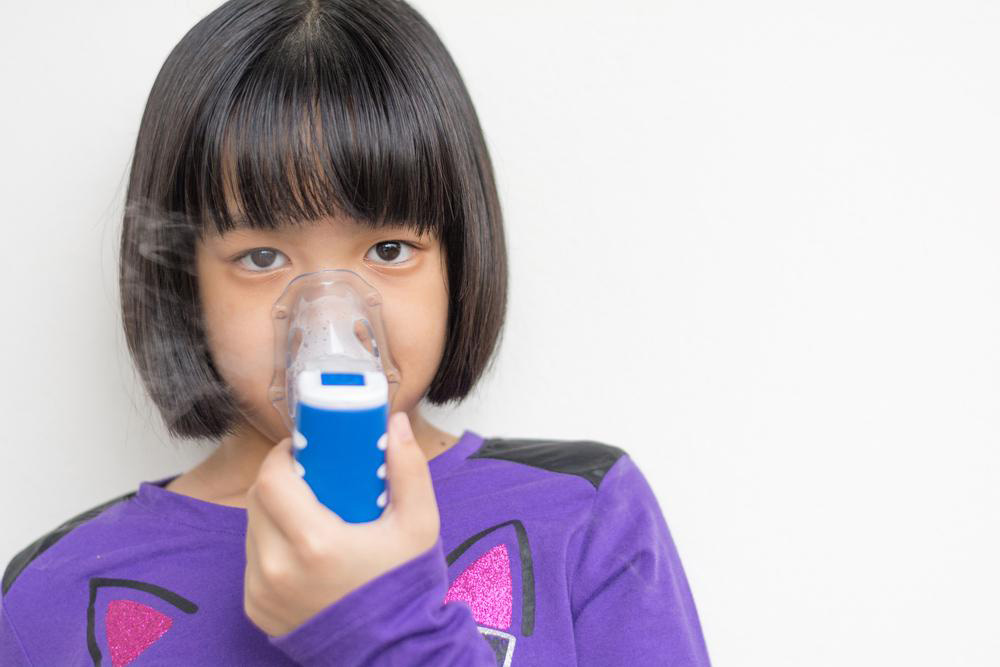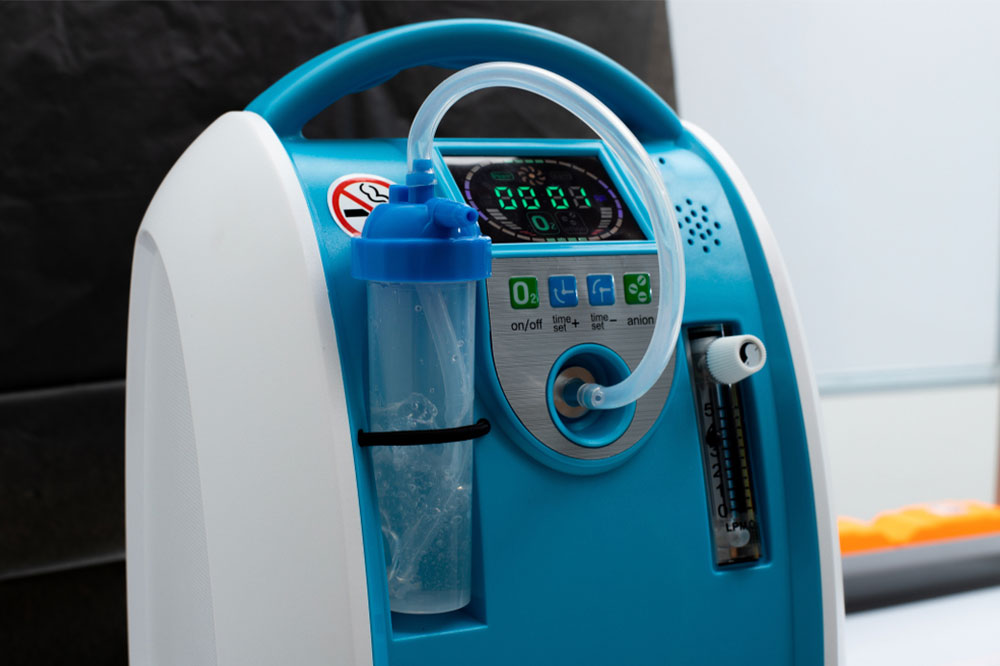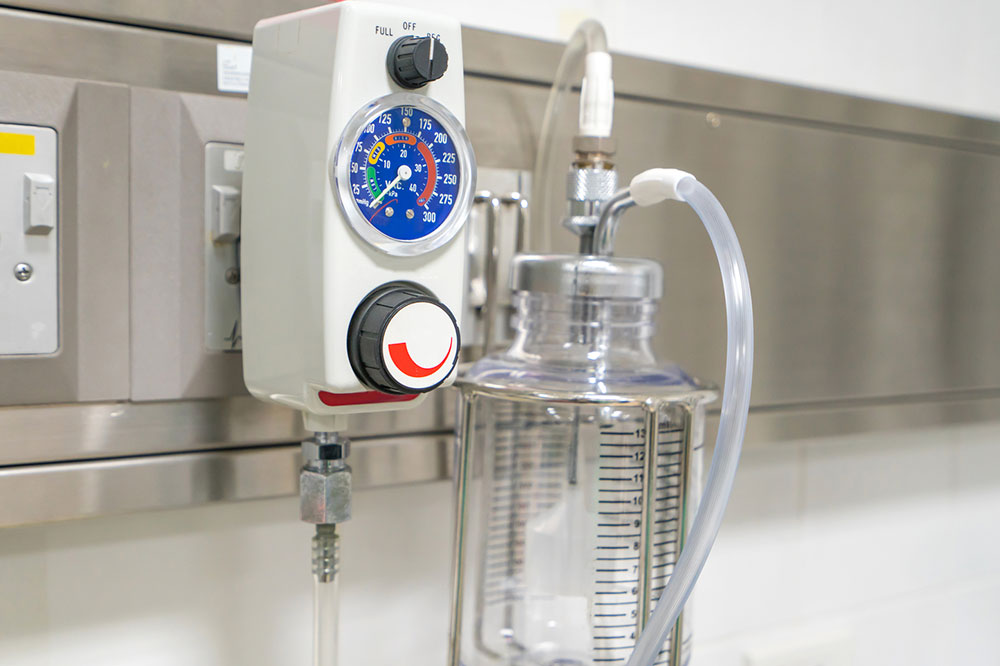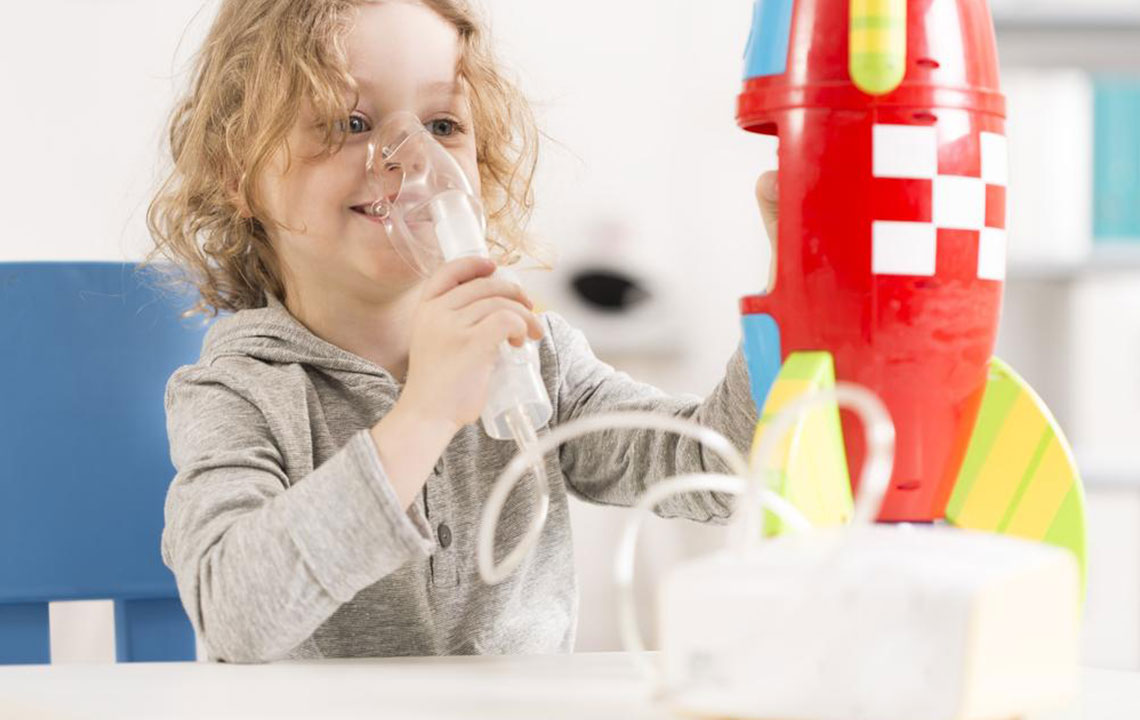Comprehensive Guide to Oxygen Therapy Options for Lung Health
This article provides a detailed overview of oxygen therapy options for COPD patients, including compressed gas cylinders, liquid oxygen, and oxygen concentrators. It highlights the benefits and risks of each method to help patients choose the most suitable treatment based on safety, portability, and cost considerations. Consulting healthcare professionals is recommended to determine the optimal oxygen therapy approach for individual needs.
Sponsored

Understanding Oxygen Therapy: Essential Facts
Understanding oxygen therapy: Key information you should know
Chronic Obstructive Pulmonary Disease (COPD) refers to a group of progressive lung conditions that hinder airflow, causing breathing difficulties. The most common types are emphysema and chronic bronchitis. Many patients experience both conditions simultaneously, with smoking being the primary cause. Smoking damages lung alveoli, impeding air exhalation and leading to symptoms like shortness of breath. Despite advances, no permanent cure exists, but oxygen therapy alongside medication can significantly alleviate symptoms and prevent complications.
Oxygen therapy is a vital management approach for COPD patients. Here are the main types available, each with unique advantages and drawbacks:
Compressed Gas Cylinders The traditional method involves using pressurized aluminum tanks filled with oxygen, controlled via regulators to manage flow. These tanks must be handled with care, kept upright, and checked regularly for leaks. They provide a straightforward way to deliver oxygen both at home and on the go.
Pros: Inexpensive and easy to operate, these cylinders can be transported by transferring oxygen into smaller portable tanks, making them practical for travel.
Cons: High-pressure tanks pose safety risks like leaks or explosions if mishandled. Their size limits portability, and storing them requires ample space.
Liquid Oxygen This method transforms oxygen into a liquid state at extremely low temperatures (-200°C to -220°C), reducing its volume significantly. Liquid oxygen tanks are smaller and more portable, making them suitable for mobile use.
Pros: The compact size and reduced storage space make liquid oxygen ideal for portable applications.
Cons: Converting oxygen to a liquid requires advanced, costly equipment, increasing overall expenses. Liquid oxygen tank lifespan is short due to evaporation, requiring frequent refills. Handling these tanks demands careful procedures to prevent accidents.
Oxygen Concentrators These electrically operated devices draw air from surroundings, filter out nitrogen, and supply pure oxygen to the patient. They typically feature controls for adjusting flow rates and are extensively used in hospitals and home settings without access to oxygen tanks.
Pros: Cost-effective and compact, oxygen concentrators eliminate the need for refilling tanks, drawing oxygen continuously from the air.
Cons: They require electricity, making them less portable during power outages. Some models may generate noise and heat during operation, which can be inconvenient.
Choosing the most suitable oxygen delivery method depends on individual needs and lifestyle. Consulting healthcare providers can help determine the best fit for managing COPD effectively.





